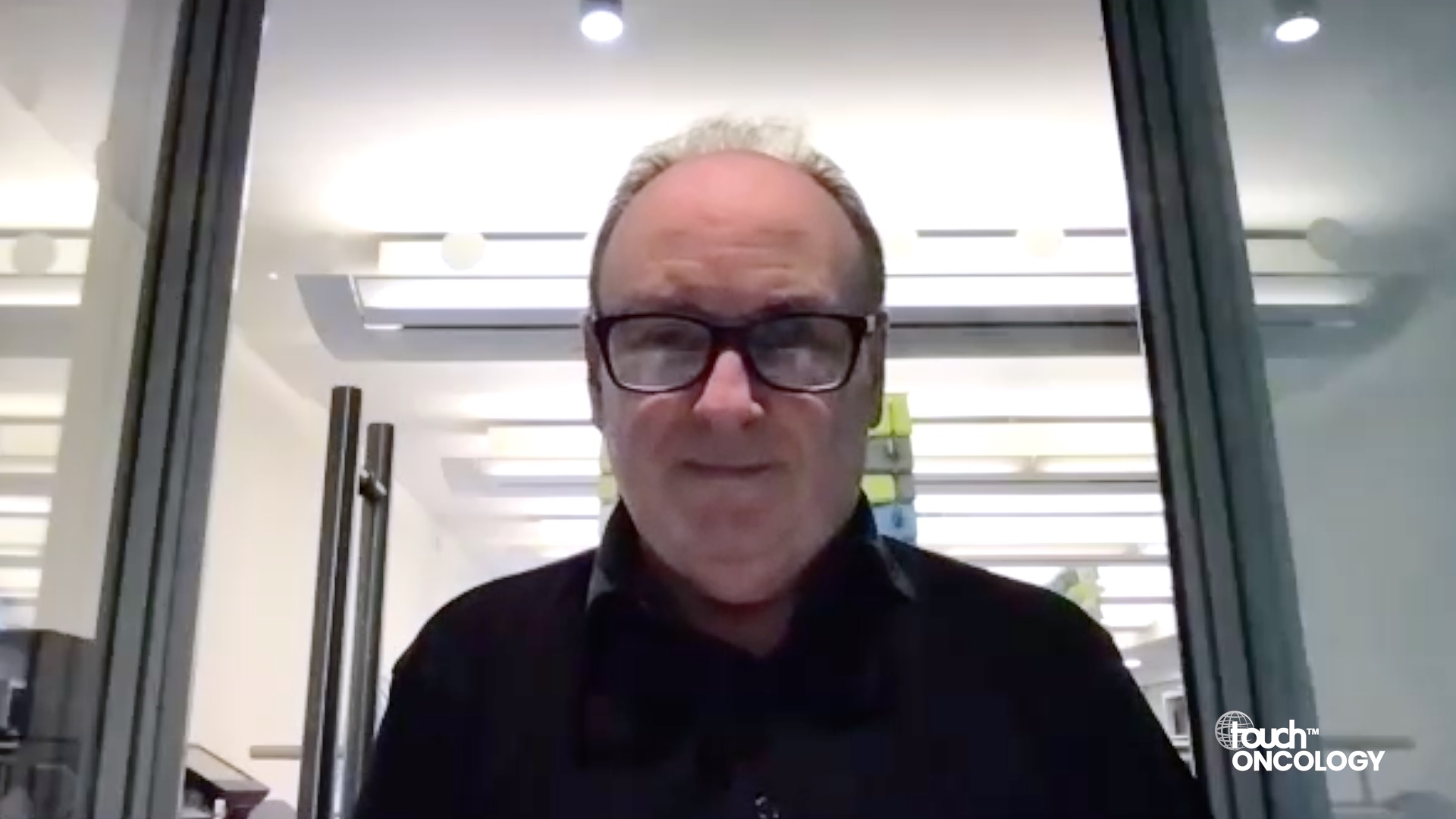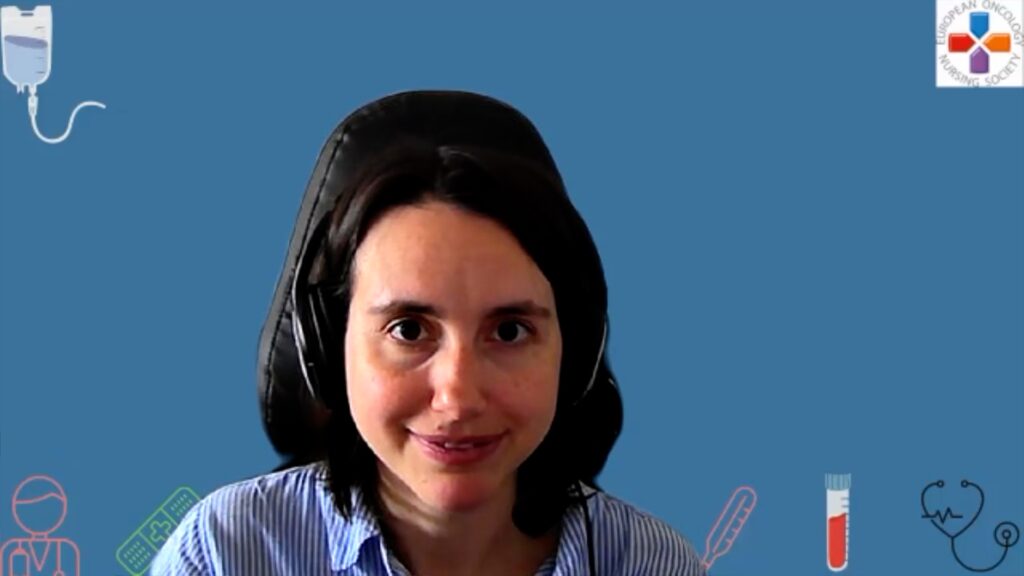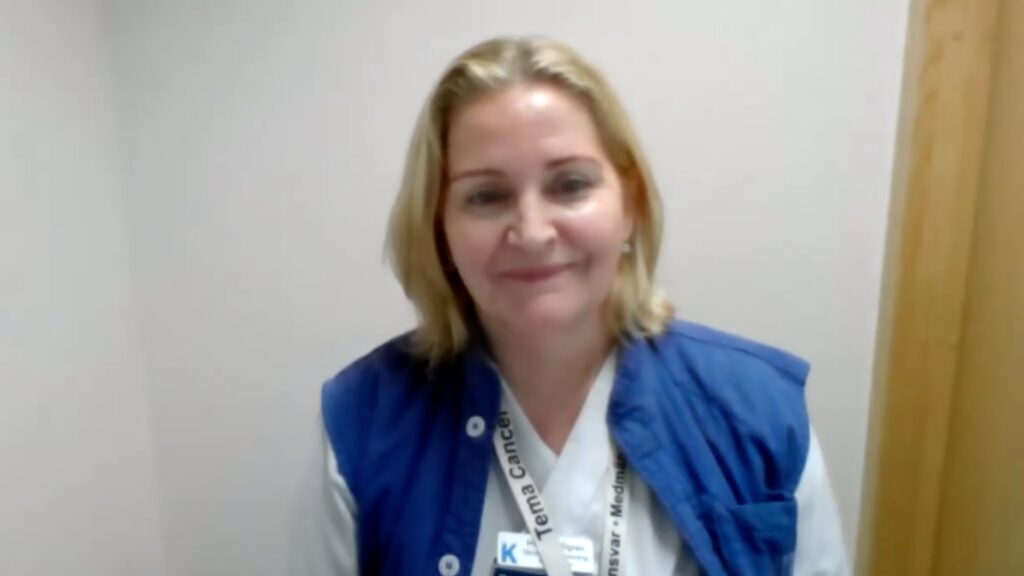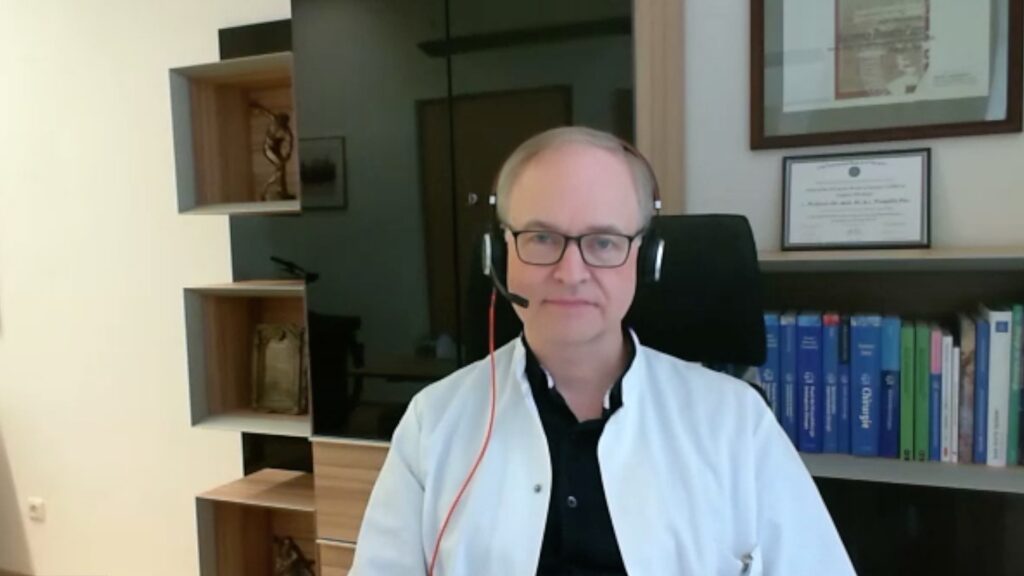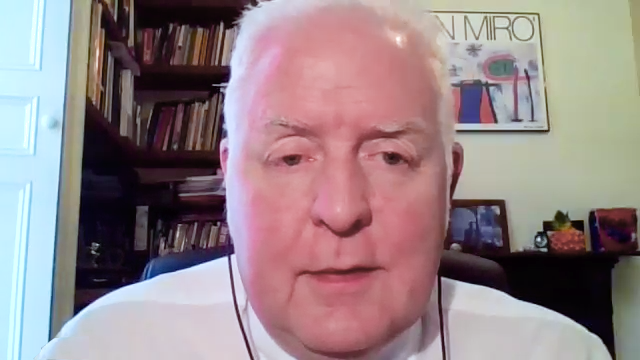Precision medicine aims to tailor medical treatments to individual patients based on their characteristics and genetic makeup. Phase I clinical trials are seeing changes in their objectives and designs in the era of precision medicine. In this touchONCOLOGY interview, we speak with Dr Vivek Subbiah (University of Texas, MD Anderson Cancer Centre, Houston, TX, USA) to discuss the changes being observed in phase I clinical trials with focus on the benefits.
The presentation entitled ‘Revolution in the precision medicine paradigm in phase 1 trials: The future is now’ was presented at the American Association for Cancer Research Meeting 2023, 14–19 April 2023.
Question:
- How are phase I clinical trials changing? (0:16)
- What are the benefits of the changes in objectives and designs of phase I trials? (2:59)
Disclosures: Vivek Subbiah is on the advisory board for Aadi Biosciences, Bayer, Illumina and Labcorp.
Support: Interview and filming supported by Touch Medical Media. Interview conducted by Danielle Crosby.
Filmed as a highlight of AACR 2023
Access more content on policy here
Transcript:
Hi, I’m Dr Vivek Subbiah from the University of Texas M.D. Anderson Cancer centre, Houston, Texas.
Q. How are phase I clinical trials changing?
Precision medicine, which aims to tailor medical treatments to individual patients based on their specific characteristics, including the underpinnings of the genetic makeup, is influencing the design and conduct of phase I studies. Let us think about some ways in which phase I trials are changing in the era of precision medicine. Let me say the top 5 ways.
Number one: patient selection. Precision medicine emphasizes the identification of patients who are most likely to benefit from a particular treatment. Phase I trials now often involve enrolling patients based on specific genetic mutations, or biomarkers, that indicate they may be responsive to the investigational drug. This targeted approach increases the chances of observing meaningful responses in early phase clinical trials.
Number two: biomarker dividend points. In precision medicine, biomarkers play a crucial role in identifying patients who are more likely to respond or benefit from a treatment. Phase I trials are now incorporating biomarker driven endpoints to assess the drug’s effect on the intended targeted pathway.
Number three: Both selection. Precision medicine allows for a more individualized approach to do selection in phase I studies.
Number four: companion diagnostics. With precision medicine, companion diagnostics are becoming more prevalent in phase I studies. What are companion diagnostics? These are diagnostic tests that are developed alongside the drug to identify patients who are most likely to benefit from treatment. By using companion diagnostics, we can better select patients for enrollment in phase I studies and potentially improve chances of detecting positive treatment responses.
Number five: real time patient monitoring and after trial design. Precision medicine relies on the analysis of data in real time, including genetic and molecular data. Phase I clinical trials are increasingly incorporating after trial design, which allows for modifications to the trial protocol based on incomplete analysis. The expansion cohorts of phase I studies are designed as either umbrella studies or basket studies that even lead to registration studies. This flexibility enables researchers to make informed decisions about dose escalation, patient selection criteria, even early termination, and make a de novo decision if the data suggests insufficient efficacy or unexpected toxicity.
So overall, precision medicine is transforming the way we conduct phase I studies by enabling a more targeted and individual approach to patient selection, dose determination and endpoint assessment.
Q. What are the benefits of the changes in objectives and designs of phase I trials?
Thank you so much for the question, that literally ties into the previous question. The changes in the objectives and designs of phase I studies in the era of precision medicine offer several benefits that contribute to the advancement of new treatments. I would say, here are the key benefits.
Number one: enhance safety assessment. The primary objective of phase I trials is to evaluate the safety of the new drug or treatment. By incorporating precision medicine approaches, we can identify patients who are more likely to experience adverse events or those who may have unique sensitivities.
Number two: increased treatment efficacy. Precision medicine focuses on identifying patients who are most likely to respond to a particular treatment by enrolling patients with specific genetic alterations, mutations or biomarkers associated with the drugs target. Phase I players can provide an early indication of the treatment efficacy.
Number three: personalized dosing. Precision medicine allows for personalized dosing based on individual patient characteristics such as genetic makeup or biomarker expression. So by tailoring the dosage to the patient’s specific needs, phase I trials can optimize treatment outcomes while minimizing the side effects.
Number four: efficient clinical trial design. The incorporation of real time monitoring and after trial design in phase I enables clinical investigators to make informed decision based on what they call as interim data analysis. This is the flexibility that allows for modification to the trial protocol, such as dose escalation, patient selection criteria or early termination if necessary. Adaptive trial designs can enhance trial efficiency by reducing unnecessary exposure to ineffective treatments and focusing resources on more promising avenues of research.
Again, these are some of the top benefits that contribute to the development of more effective and personalized therapies for patients using phase I studies in the precision medicine era.
Subtitles and transcript are autogenerated

